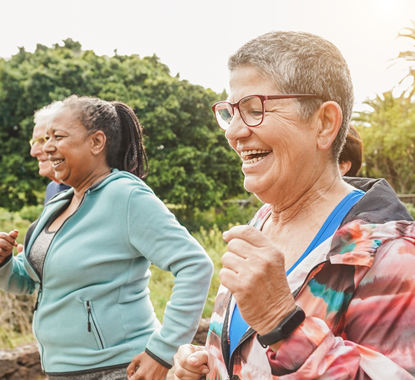Before the pandemic struck, the worldwide impact of social isolation and loneliness had been identified among teenagers, adults, and older adults. There is evidence that the social distancing brought about by the prevention strategies against the spread of COVID-19 exacerbated these conditions in Puerto Rico and around the world.
Regardless of the pandemic, scientific studies conducted by Dr. Julianne Holt-Lunstad, one of the top subject experts in the world, had shown that social isolation and loneliness cause the same harm to our physical health as smoking 15 cigarettes a day. Dr. Holt-Lunstad, who recently visited the island to attend the first symposium on social isolation and loneliness, spoke about the risks posed by these factors and expressed the urgency to take appropriate measures.
Aside from the obvious association between older adults and these conditions, teenagers are also victims of social isolation and loneliness, aggravated by an increase in the use of technology and the suspension of sports, social, and educational activities, among others, due to the pandemic.
According to the World Health Organization (WHO), adolescence (the stage of growth spanning from 10 to 19 years old) is a time of transition into adulthood, when individuals develop the social skills that will be key for their integration into the wider world. These skills are essential to establish healthy relationships with others and learn how to communicate, express desires or feelings, handle emotions, and show empathy.
The WHO states that the social and emotional skills that are developed at this stage are assertiveness, attachment, self-control, empathy, communication, interpreting situations, and conflict resolution. Now, aside from a deterioration in these skills, scientific data shows that social isolation can also harm teenagers’ physical health and can even increase the likelihood of premature death by 29%.
We all know that the hormonal, psychological, and emotional changes faced by adolescents as they search for their own identity can lead to a natural impulse to isolate. It is up to the adults in a teenager’s environment to observe and identify the moment when this stage is reached in order to prevent physiological damage. Some recommendations include establishing time limits for a teenager to spend on social relationships, making sure they are not sleeping excessively, fostering a balanced routine, encouraging dialogue, promoting group physical activities, and of course, asking for help if necessary.





